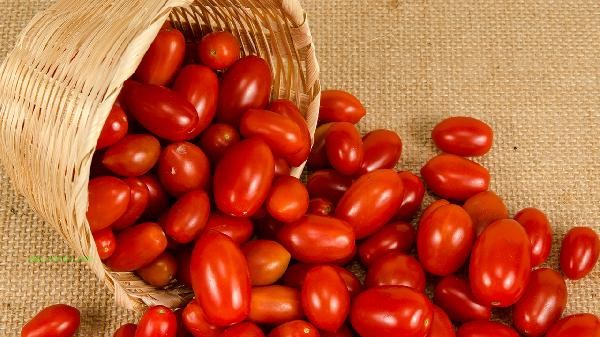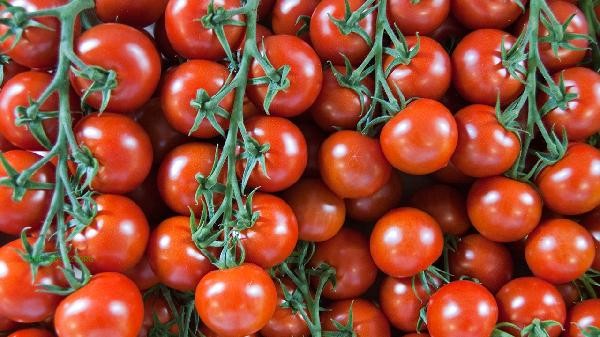Judging whether tomatoes have gone bad can be comprehensively determined by observing their appearance, touching their texture, smelling their aroma, inspecting their stems, and cutting them open for observation. Rotten tomatoes may have soft rot, mold spots, sour and rotten taste, dried fruit stems, or internal discoloration.

1. Observe appearance
Fresh tomatoes have smooth and full skin, uniform and bright color. If there are local depressions, wrinkles, or dark spots, it may have started to decay. When moldy, white or green fuzzy mycelium can be seen on the surface, which is not edible. Minor abrasions or natural scars do not affect consumption, but should be treated as soon as possible.
2. Texture
Normal tomatoes should have a certain degree of elasticity, with slight rebound after pressing. Tomatoes that have completely softened may be over ripe or rotten, especially when accompanied by exudation, and should be discarded. If the skin feels sticky or slippery, it indicates that microorganisms have proliferated in large numbers and there is a food safety risk.
3. Smell
Fresh tomatoes have a light plant aroma. After spoilage, it will produce a distinct sour or alcoholic fermentation flavor, which is a volatile substance produced by microorganisms decomposing sugar. Even if the appearance is normal and there is an odor, it should be stopped from consumption as it may have caused the growth of pathogenic bacteria.

4. Check the fruit stem
Healthy tomato fruit stems are green and tightly connected to the fruit. If the fruit stem dries up, turns black, or easily falls off, it indicates that the picking time is too long or the storage is improper. But some varieties naturally fall off after maturity, which is a normal phenomenon and needs to be judged comprehensively based on other indicators.
5. Open observation
After half open, the normal pulp should be in the form of uniform gel, and the seeds should be wrapped by transparent colloid. If there is brown water stain like decay, hollowing or fibrosis inside, it indicates that it has deteriorated. Mild white gluten does not affect consumption, but the hardened part needs to be removed.

It is recommended to store tomatoes at room temperature in the dark and consume them as soon as they are ripe. refrigeration can cause texture pulverization. If refrigeration is required, it should be placed in a fresh-keeping bag. Before making sauce, it is necessary to thoroughly remove suspicious parts. High temperature cooking can kill some microorganisms but cannot eliminate the toxins that have already been produced. When making daily purchases, priority should be given to selecting undamaged fruits to avoid stacking under pressure. Special populations should thoroughly clean and peel before consumption.








Comments (0)
Leave a Comment
No comments yet
Be the first to share your thoughts!